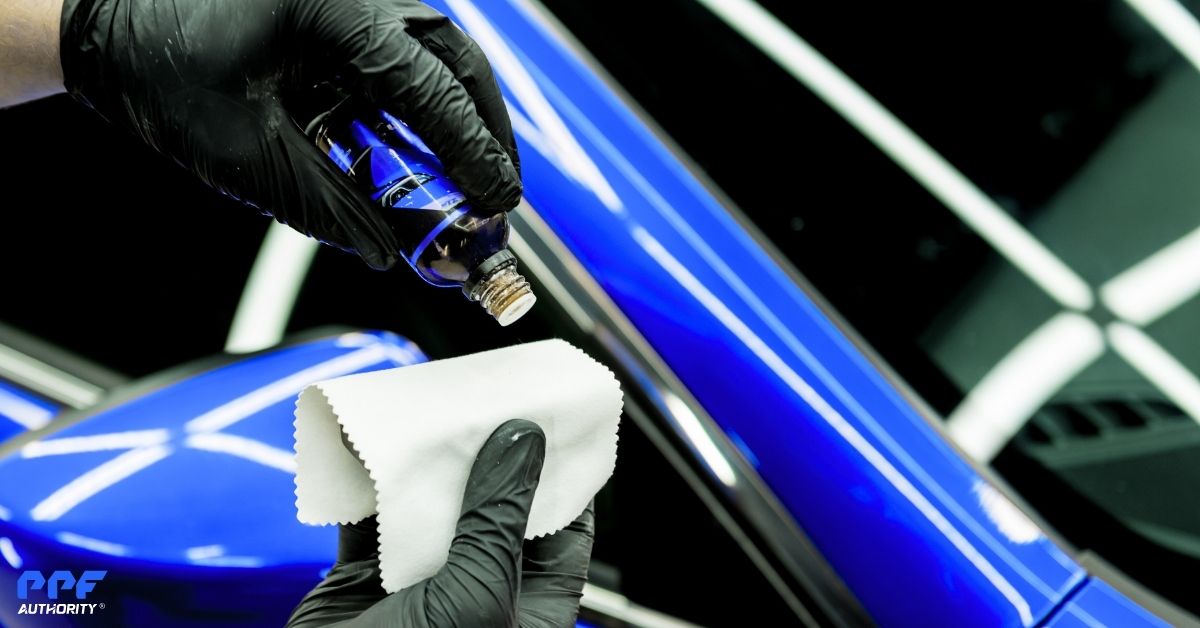How Does Window Tint Work?
Window tint is a thin, multi-layered film applied to the inside or outside of a vehicle’s glass windows. Its primary purpose is to reduce the amount of sunlight, heat, and harmful UV rays that enter the car. In addition to enhancing comfort, window tinting improves privacy, protects the interior, and gives vehicles a sleek, stylish look.
Window tint is made of polyester film layers infused with various materials like dyes, metals, or ceramics to achieve specific properties. When applied to a window, it filters and reduces the amount of visible light, heat, and UV radiation that passes through the glass.
Key Components of Window Tint
- Adhesive Layer: Bonds the film to the window.
- Tint Layer: Contains dyes, metals, or ceramic particles that control light and heat transmission.
- Protective Coating: A scratch-resistant layer that enhances durability.
By reflecting, absorbing, or scattering light, window tint regulates the interior temperature, protects passengers from UV rays, and reduces glare.
Types of Window Tint
There are several types of window tint, each with unique features and benefits.
1. Dyed Window Tint:
- How It Works: Contains layers of dye to block light.
Features:
- Affordable and widely available.
- Reduces glare and improves privacy.
- Offers basic heat rejection but limited UV protection.
- Drawback: Over time, the dye can fade, reducing its effectiveness.
2. Metalized Window Tint:
How It Works: Contains tiny metallic particles to reflect heat and light.
Features:
- Provides excellent heat rejection.
- Reduces glare and strengthens the glass.
- Drawback: Can interfere with electronic signals, such as GPS, cell phones, and radio.
3. Carbon Window Tint:
How It Works: Uses carbon particles to block UV rays and heat.
Features:
- Doesn’t fade over time.
- Provides good heat rejection without signal interference.
- Offers a matte finish for a sleek appearance.
4. Ceramic Window Tint:
How It Works: Contains ceramic particles that block UV rays and infrared heat without compromising visibility.
Features:
- Superior heat and UV rejection.
- Maintains clarity for safer driving.
- Durable and fade-resistant.
- Doesn’t interfere with electronics.
- Drawback: Higher cost compared to other tints.
5. Hybrid Window Tint:
How It Works: Combines dyed and metalized layers for a balance of performance and affordability.
Features:
- Reduces glare and heat effectively.
- More durable than dyed tint alone.
- Drawback: May still have minor signal interference due to metallic content.
Benefits of Window Tint:
Window tint offers several advantages for car owners, including comfort, protection, and style.
UV Ray Protection
- Blocks up to 99% of harmful UV rays, protecting passengers from skin damage and reducing the risk of interior fading.
Heat Reduction
- Reduces the amount of infrared heat entering the car, keeping the interior cooler and more comfortable.
- Lowers reliance on air conditioning, improving fuel efficiency.
Glare Reduction
- Minimizes glare from sunlight, headlights, and reflective surfaces, improving visibility and reducing eye strain while driving.
Increased Privacy
- Darker tints provide privacy by limiting visibility into the vehicle from the outside.
Enhanced Safety
- In the event of a window break, the tint film holds the shattered glass together, reducing the risk of injury from flying shards.
Stylish Appearance
- Tinted windows give vehicles a sleek, modern look that enhances their overall aesthetic.
Legal Considerations for Window Tint
Window tint laws vary by location and regulate factors like:
- Visible Light Transmission (VLT): The percentage of light that can pass through the tint. Lower VLT means darker tint.
- Windshield Tinting: Many jurisdictions only allow a small tint strip along the top of the windshield.
- Reflectivity: Some areas restrict reflective or mirrored tints.
Before tinting your car, check your local regulations to ensure compliance.
DIY vs. Professional Window Tinting
DIY Window Tinting
Pros:
- Cost-effective.
- Convenient for car owners with experience and the right tools.
Cons:
- Risk of bubbles, peeling, or uneven application.
- Limited access to high-quality films.
Professional Window Tinting
Pros:
- Expert installation ensures a seamless, long-lasting finish.
- Access to premium materials like ceramic and carbon tints.
- Often includes warranties for added peace of mind.
Cons:
- Higher upfront cost.
How to Maintain Window Tint
- Wait Before Cleaning: Avoid cleaning newly tinted windows for at least 7 days to allow the film to cure.
- Use Gentle Cleaners: Avoid ammonia-based products, as they can degrade the film. Opt for a tint-safe, pH-neutral cleaner.
- Soft Cleaning Tools: Use a microfiber cloth or soft sponge to clean and avoid scratching the film.
Proper care ensures your window tint lasts longer and performs effectively.
Conclusion
Window tint is a versatile and practical upgrade for any vehicle, offering benefits like UV protection, heat reduction, and enhanced privacy. With various types available, including dyed, metalized, carbon, and ceramic tints, car owners can choose a solution that fits their needs and budget.
While DIY tinting is an option, professional installation ensures a flawless application and access to premium materials. By investing in high-quality window tint and maintaining it properly, you can enjoy a cooler, safer, and more stylish driving experience for years to come.
